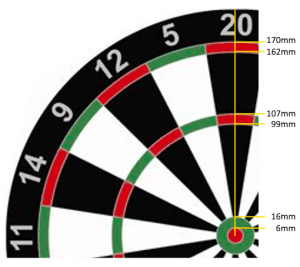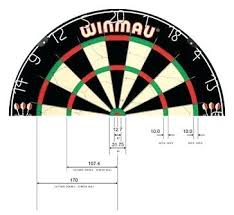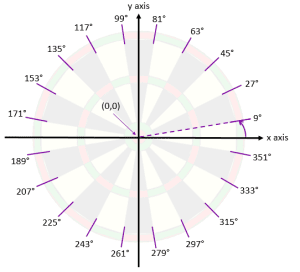The main material in dartboards is sisal or hemp which the English dartboard makers import from Africa. The sisal fibres are cleaned and braided into long skeins which are formed into a paper-covered tube approximately 76mm in diameter.
To make today’s tournament dartboards, manufacturers start the process by cutting out the backboards. These are made from high quality particle board 15.8mm thick. Then they prepare the bands of steel which go around the board and hold it together.
The main material in dartboards is sisal or hemp which the English dartboard makers import from Africa. The sisal fibres are cleaned and braided into long skeins which are formed into a paper-covered tube approximately 76mm in diameter. The tube is then cut into 25mm thick wafers. A total of 51 or 52 wafers are used in the construction of 1 dartboard. The steel bands and a lot of pressure are employed to squeeze the sisal wafers into a perfect circle.
Glue is applied to the particle board and the whole affair is put together. Holding pins are mechanically inserted through pre-punched holes in the band.
At this point the board is fully formed but its surface is pretty rough. High speed sanders are used to smooth it out and prepare it for the next stage, the silk screening of the red, green and black sections of the board.
The “white” or blond sections are the natural colour of the sisal and are not touched. After the dye or ink has dried, the wires are installed with those defining the doubles and triples rings first. The clips or hooks holding the number ring are hammered into the board and, finally, the number ring is installed.
The scoring areas of dartboards are pretty much standardised. Some small differences may be seen in older boards where the wire used may have been a little thicker. The dimensions of the wire may have also been modified, for example the Blade 4 compared to the Blade 5 series has a significant change in the wire angle to reduce bounce-outs.



 The segment dimensions are much easier to calculate. Given a full circle is 360° and there are 20 segments, each segment is 18° in size.
The segment dimensions are much easier to calculate. Given a full circle is 360° and there are 20 segments, each segment is 18° in size.
